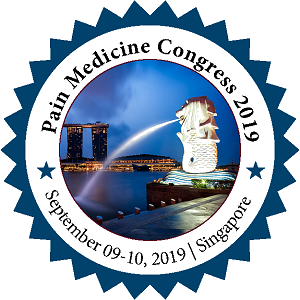
Linka Matos
Regenerative & Pain Medicine, Puerto Rico
Title: Regenerative medicine and the use of mesenchymal stem cells
Biography
Biography: Linka Matos
Abstract
In Regenerative Medicine there is a process of replacing or regenerating human cells, tissues or organs to restore or re-establish structure and normal function. Regenerative medicine also includes the possibility of growing tissues and organs in the laboratory and implanting them when the body cannot heal itself. Mesenchymal Stem Cells are multi-potent cells that can differentiate in different types of tissue. They can both self-renew and differentiate into mature tissues such as heart, lung, liver, bone, nerve, muscle and cartilage, among others. There are Autologous and Allogenic Mesenchymal Stem Cells. There are difference and similarities between adult and allogenic Mesenchymal Stem Cells. There are different allogenic cells or tissues used to treat medical conditions, they are derived from the umbilical cord, the Wharton’s Jelly, amniotic fluid or amnion. There are high quality standards for the donation of these cells, donors have to be pre-screened before donating the tissue and samples have to be saved. Both Mesenchymal Stem Cells have the ability to migrate and target specific tissues, this is call homing. They also have a paracrine effect, releasing growth factors and proteins to communicate using exosomes and cytokines. Mesenchymal Stem Cells can be used and delivered in multiple ways and it canbe use to treat different medical conditions, mostly using cytokines and inhibiting the pro-inflammatory state in tissues. Stem Cells can be used to treat multiple medical conditions, since there is the possibility of cell repair and tissue regeneration.

